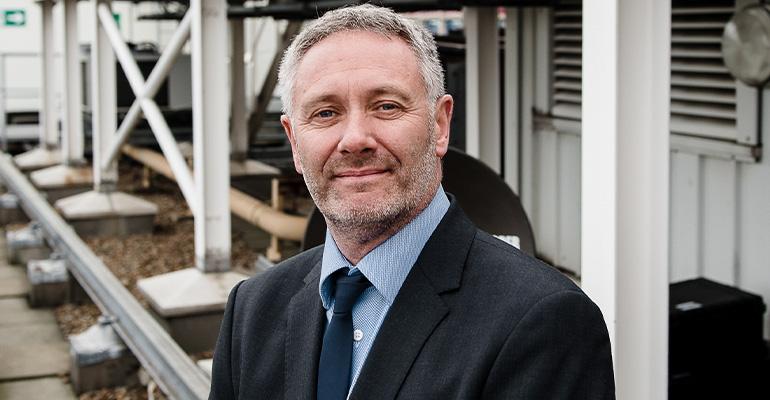Despite the significant challenges facing the shipping industry as a result of the Covid-19 pandemic and the ongoing conflict in Ukraine, total vessel losses have experienced a downturn in recent years. The Allianz Global Corporate and Speciality (AGCS) Safety and Shipping Review 2023 reports that losses have fallen from over 200 vessels per year in the 1990s to 38 in 2022, with a 65% drop in losses for vessels over 100 gross tonnage in the last decade alone. While this macrotrend provides cause for optimism, Global Maritime Distress and Safety System incident data captured and collated by Inmarsat shows another side to the narrative.
As revealed in its 2023 edition of The Future of Maritime Safety Report, Inmarsat received 853 distress calls in 2022, up from 794 in 2021. Over the last four years, distress signals registered over Inmarsat RescueNET averaged 810 per year. Such stubbornly high figures are echoed by Lloyd’s List Intelligence, whose data reveals that casualty reports numbered 700 in the third quarter of 2022 – the highest quarterly total since 2008. Again, the AGCS Safety and Shipping Review notes a slight increase in vessel casualties in 2022, the most common causes of which were recurring issues like machinery damage, collision, fire and explosion, and grounding.
Room for improvement
Amid all of this, shipping stands on the precipice of great digital and green transformation. The rapid changes ahead pose challenges – particularly where the introduction of new technology and fuels is concerned – yet they also present a significant opportunity: to go beyond efforts to maintain safety levels, to improve them. To this end, the industry must address the existing deficiencies that hinder meaningful progress.
An inadequate top-down safety culture, which minimises the focus on safety and encourages poor reporting systems, is one of the major hurdles standing between the maritime industry and a safer future. All too often, safety is viewed as a tick-box exercise, with insufficient attention paid to proactively addressing known risks.
There is also a tendency in shipping to place too much focus on human error. While individual mistakes remain a leading cause of safety incidents, over-emphasis on this can obscure organisational safety-culture failings. Besides, poor living and working conditions, separation from families, and unfair employment practices, which continue have a negative impact on seafarer well-being that is likely contribute to the elevated risk of safety incidents attributable to human error.
At the same time, an endemic fear of losing competitive advantage has translated into a widespread reluctance among shipping companies to share information that could help the industry to learn from recurring incidents and drive the safety agenda forwards. Instead, data is collected in silos, and trends and practices remain opaque.
Righting the ship
Tackling maritime safety deficiencies will rely on collaboration between governments, regulatory bodies, industry stakeholders, and seafarer organisations.
With the international agreement to set ambitious emissions-reduction targets proving pivotal in shipping’s transition towards greener operations, similar targets could be established to accelerate cultural change in maritime safety. An industry-wide safety culture centred on data collection and analysis would help in identifying trends and continuously improving safety measures, with safety data and reports used to proactively tackle the root causes of repeated and well-known safety issues to reduce incidence rates.
Data and technology – such as virtual and augmented reality – could be used to enhance seafarer development by providing achievable, targeted, and immersive training for crew in safe and controlled environments. Given the risks associated with alternative fuels and the scale of retraining required to handle them safely, such an approach could help to maximise safety standards as shipping’s green transition advances. In addition, technology-based training could be scheduled for minimal interference with seafarer rest periods.
How data is collected, collated and presented also requires attention. Consensus on a list of standard data points that the industry wishes to monitor – including maritime casualties and incidents, injuries and deaths at sea, and near misses – is a necessary first step. Equally important are the formalisation of data-collection processes and the anonymisation of incident and casualty data to facilitate data sharing and help to overcome prevailing unease towards the practice due to commercial sensitivities. This would lead to more accurate trend analysis and the development of proactive interventions such as targeted policies and guidelines.
Ultimately, shipping has to change the narrative from a culture of commercial and personal secrecy, out of fear of competition and punitive measures, to one of transparency, collaboration, and the acceptance of safety-related change. In this way, it can better protect seafarers, vessels, and the environment and ensure that safety keeps pace with the other aspects of a sustainable transition that are steering the industry towards a new dawn.
Copyright © 2024. All rights reserved. Seatrade, a trading name of Informa Markets (UK) Limited.
Add Seatrade Maritime News to your Google News feed.  |

